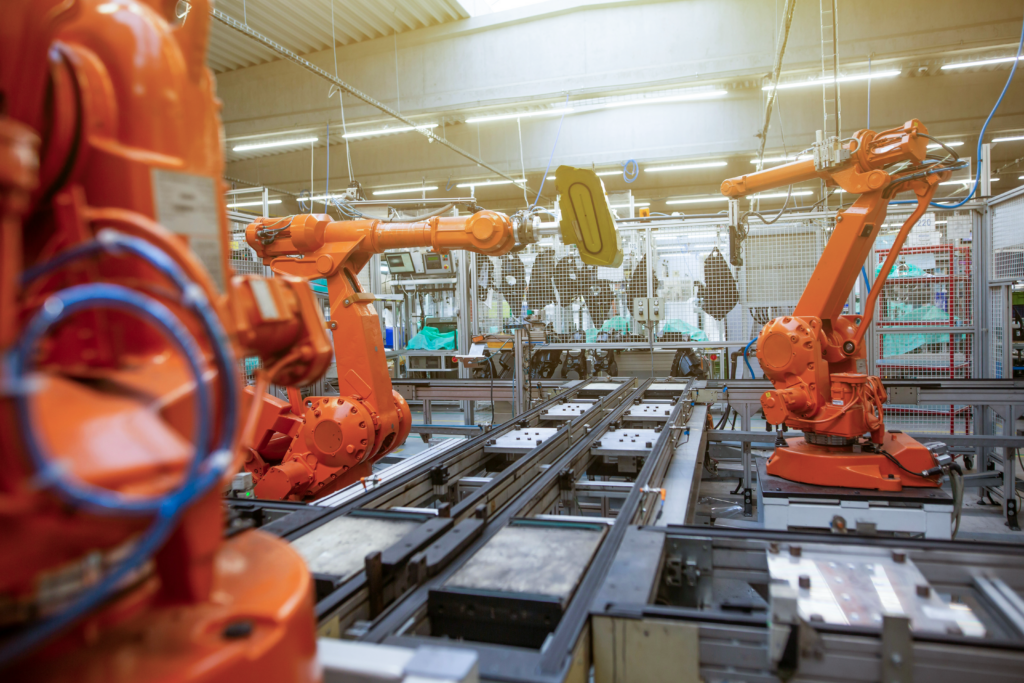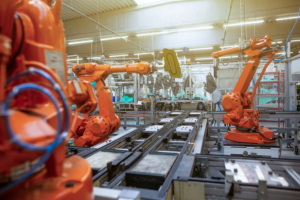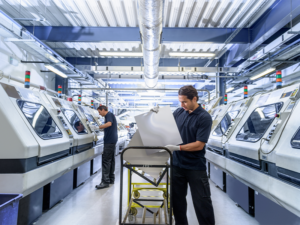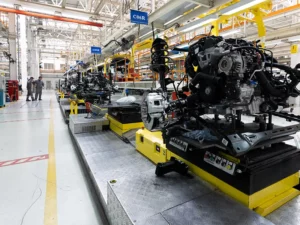The adoption of artificial intelligence is a topic that revolutionizes not only the way of thinking, doing business, knowledge distribution, its application to processes, and other relevant elements of daily life, but according to the article “The Future of Work in America” by McKinsey, by 2030, 30% of the hours spent on activities within the logistics, manufacturing, and marketing sectors in the United States will be replaced by Artificial Intelligence. Activities such as customer service, office support, and food services will continue to decline.
Reskilling, Deskilling, and the Role of Education in Sustainable Business Growth
This reduction in hours in these sectors is transitioning to the generation of jobs with higher wages, derived from “reskilling,” where workers are retrained to acquire new skills to access new technology, and “deskilling,” where no special skill is needed to perform the work. Mexico faces a significant challenge in education since despite its low cost compared to the United States and Canada, it is not an option due to the difficulty of life in some regions. Within the manufacturing sector, it is recommended to have greater education in soft skills such as ethics, English, and environmental awareness, as this is a critical step for the country to conduct more sustainable businesses and for the brands present in the region to encourage investment. Education has become a tool for attracting investment that we do not exploit much, for the same reason we have seen and will continue to see a transition of talent from Mexico to other countries. The reason is very simple: the hunger to improve and the real experience that associates of companies have.
Post-Pandemic Landscape
After the pandemic, we have positioned ourselves, from my point of view, silently in a good place; let’s think about hybrid jobs, most corporations have remote work, where you will not see on the walls or on the badges worn by sector associates the quality policies, the vision, the mission, in essence, there is no culture with companies that are working remotely.
Occupations according to the US Department of Labor Statistics will undergo a transition by 2030 as follows:
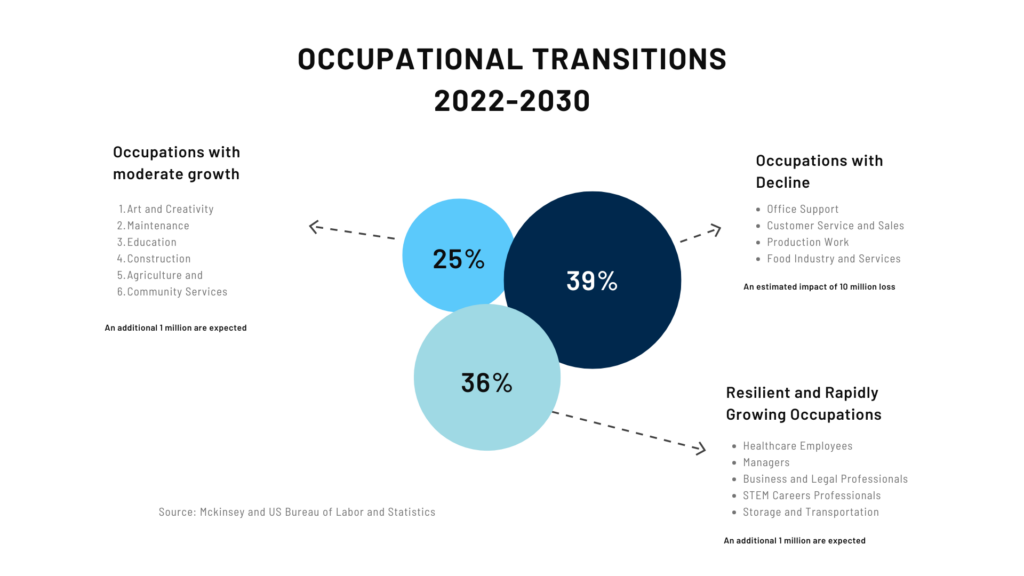
Occupational Transitions 2022-2030
We see that the majority, which is 10 million jobs within the 39%, will mostly be replaced by automation, so if we think about an engineering career, employees must be educated about what is coming for that sector. For example, in the automotive sector, we must understand that by 2030 cars must have more autonomy, they will be shared cars, cars will be purchased by companies that will change maintenance models, and car connectivity will be a market that grows approximately 30% per year against a 2% annual sale of the car itself.
Of the remaining 36% and 25% of jobs in this statistic, we have the following elements:
- Salaries: the jobs that are being retained are employees earning over $57,000 USD in the United States, those below that average are the ones most lost, and they are also an international trend.
- Infrastructure investment: From the companies that are currently investing, we need to understand in which processes and products they are investing, in order to educate ourselves about them.
- Automation: The effects of automation tend towards Generative Artificial Intelligence, where the term generative refers to tools that identify patterns through long segments of information, making it scalable and giving us a guideline to review tasks from other functions that can be eliminated.
OECD Metrics and Productivity
According to the OECD (Organization for Economic Cooperation and Development), it has a metric where it measures GDP per hour worked, which in simple terms is the time invested for the output of finished products, where of the 48 countries it measures, Mexico has the lowest productivity at 92%, and Ireland is in first place with 140%, for reference the US is at 107% and Canada at 104%. As greater technology is adapted in our country, this number will increase, and one of the keys will be to have educated people to be able to receive that technology and generate better-paid jobs.
Luis Manuel Hernandez, PhD, Coordinator of the Nearshoring and USMCA Compliance Dialogue TableLI. https://www.linkedin.com/in/lmhg/
X. @LuisMHernandezG
